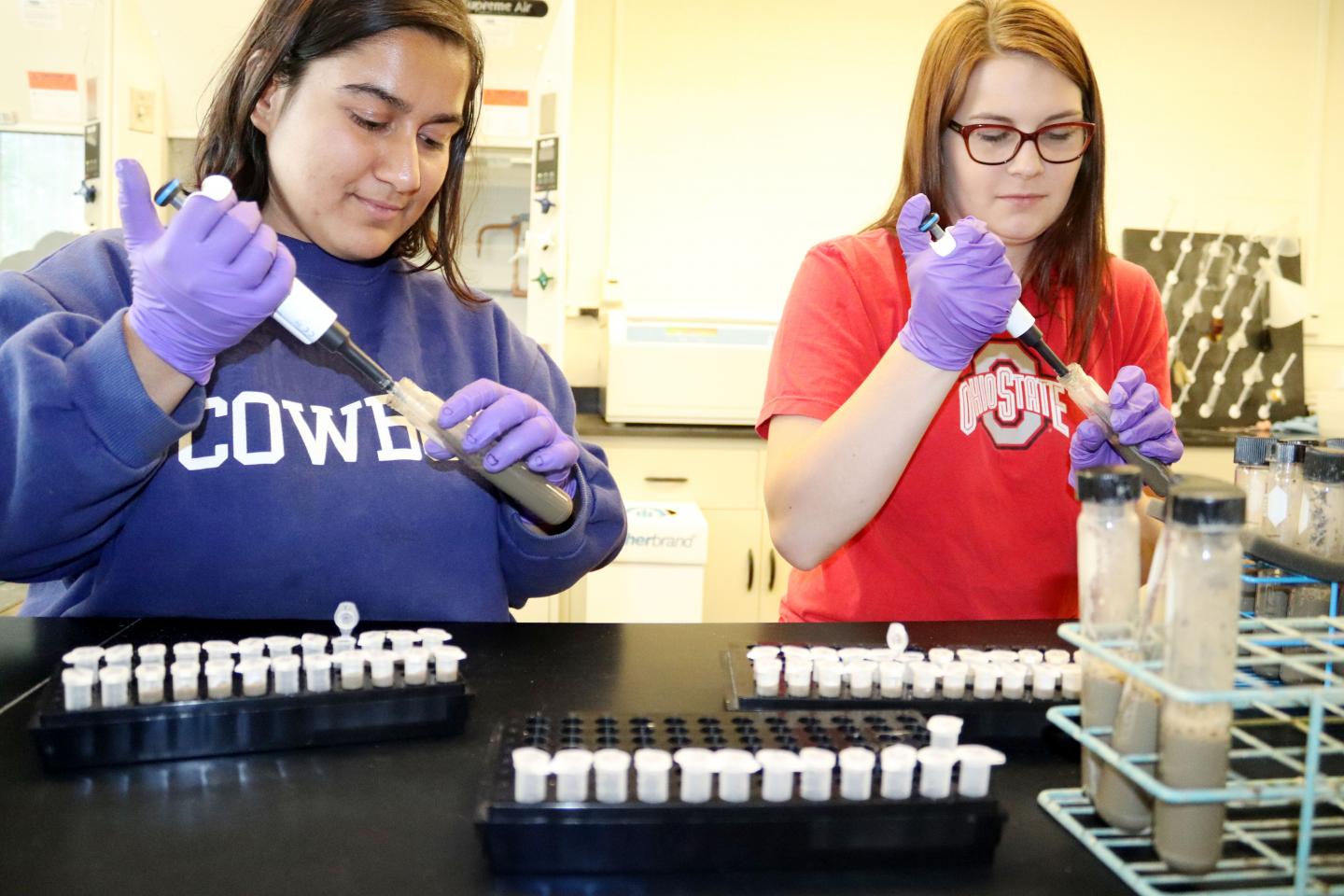Farmers often send samples of their soils to labs so that technicians can tell them the exact amount of nutrients needed for a good crop. If the results indicate that the soil is low in important nutrients, farmers can then work towards increasing their amounts in the soil with the help of fertilizers or by growing cover crops.
Nitrogen is extremely essential for the cultivation of a good crop, but many laboratory tests fail to determine the amount of nitrogen that is available in the soil. It’s not like there are no tests that can determine nitrogen, it’s just that they usually quite expensive and can’t be done quickly. So, farmers usually just have to take a guess at the amount of nitrogen present, as a result they often add more or less than the required amount of nitrogen fertilizer.
Nitrogen fertilizers are quite expensive and it is also not too good for the environment. So it not only lightens the wallets of the farmers, but also causes the land to run off and is bad for downstream water bodies.
To make nitrogen testing quick and cost-effective, soil scientists from the Ohio State University and Cornell University have developed a test that was originally made to extract proteins in soil. Proteins in the soil contain the majority of nitrogen. The test can extract a variety of proteins and is quick, effective and could be used to determine the amount of nitrogen available in the soil.
The testing process involves measuring the amount of a protein known as glomalin. Many theories suggest that glomalin is produced by a bacteria that shares a symbiotic relationship with the roots of plants. This microorganism is
commonly known as the arbuscular mycorrhizal fungi.
One of the previous studies suggest that the extraction test for glomalin could also work for the extraction of proteins from other sources. Steve Culman, Soil Fertility Specialist at Ohio State University, along with his research team decided to see if this was true by adding various protein sources to soil samples like leaves of corn, common weed, chicken- both plant sources, chicken and beef (animal sources), and white button mushroom and oyster mushroom (from fungi).
Results confirmed that the can actually extract proteins from various sources and that it was not just limited to the extraction of proteins that are produced by the mycorrhizal fungi. The research team suggests that instead of using only glomalin, the new term soil protein should be used to accurately describe the proteins that the method can extract.
The method is both rapid and cost-effective. Testing labs can easily adopt it for commercial use, but the team notes that there might be some proteins that may not be extracted using this method. Scientists suggest further research should be done on that.
“We don’t have many rapid ways to determine how much nitrogen a soil can provide and store over a growing season,” said Culman. “This test is one way that might help us quickly measure an important pool of soil nitrogen. More work is needed to understand soil protein, but we think it has the potential to be used with other rapid measurements to assess the soil health of a farmer’s field.”

